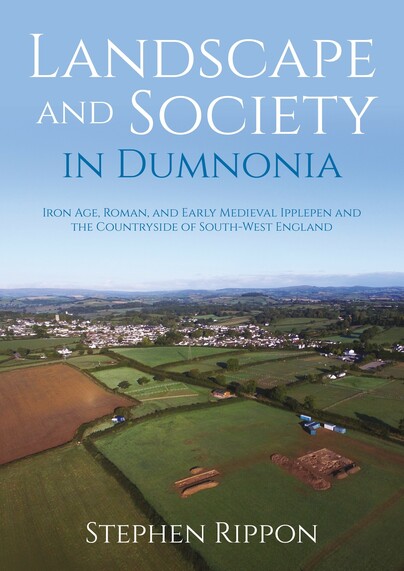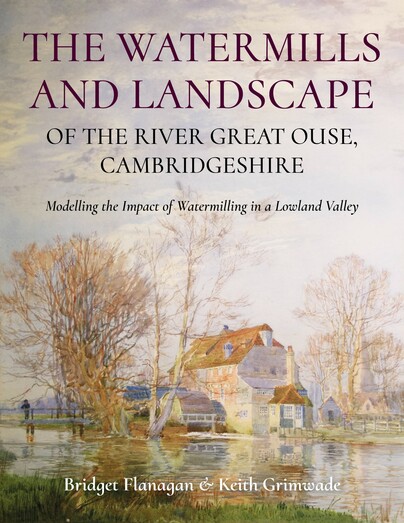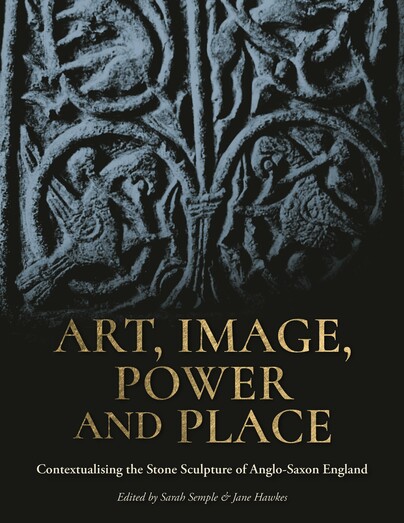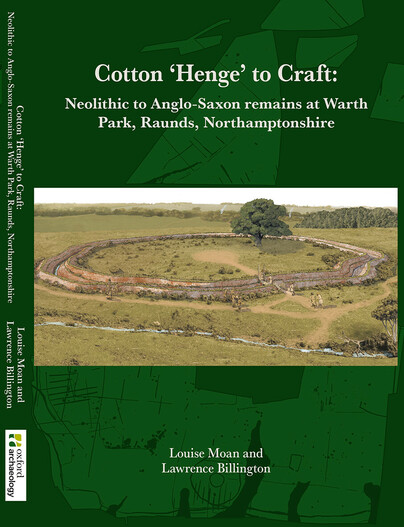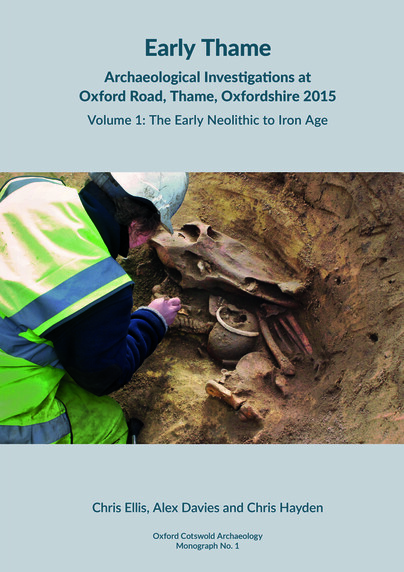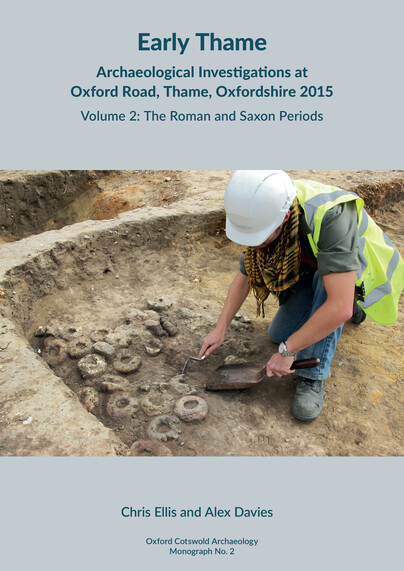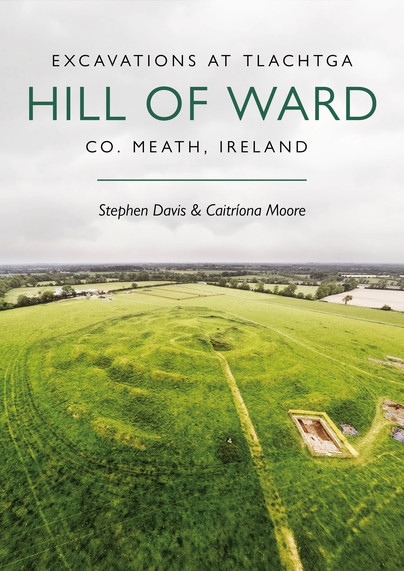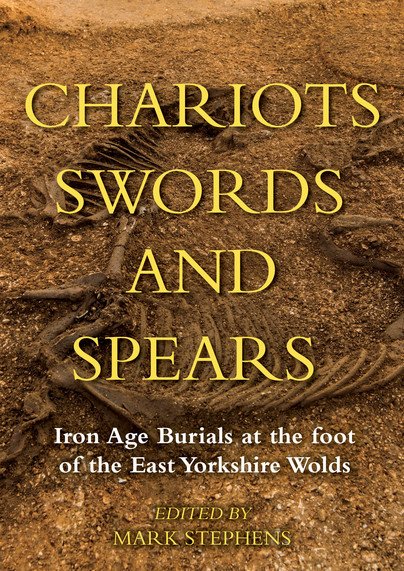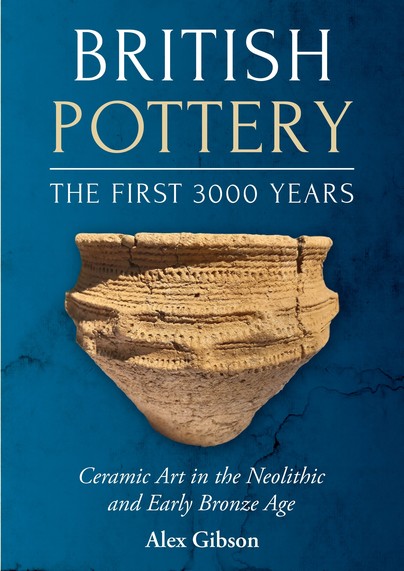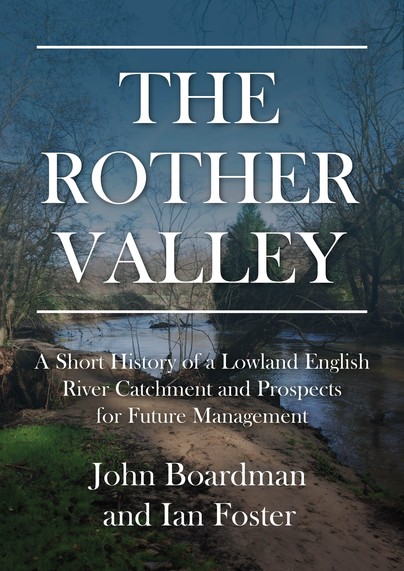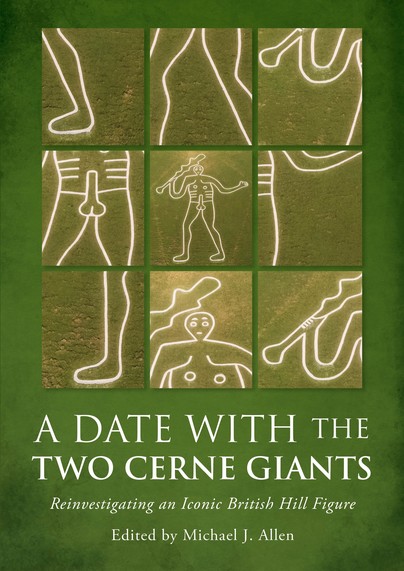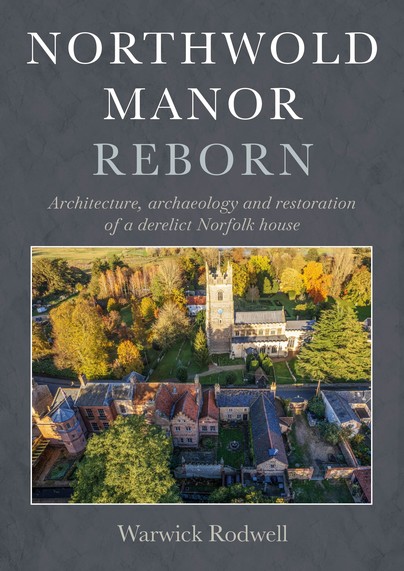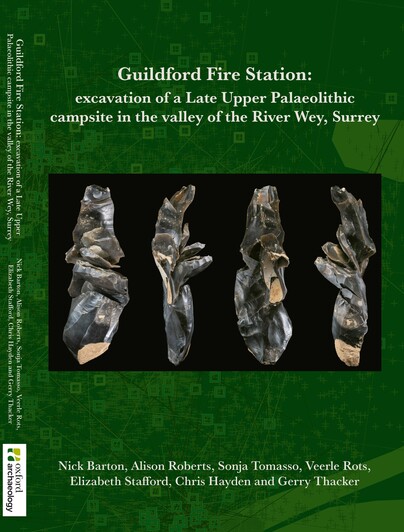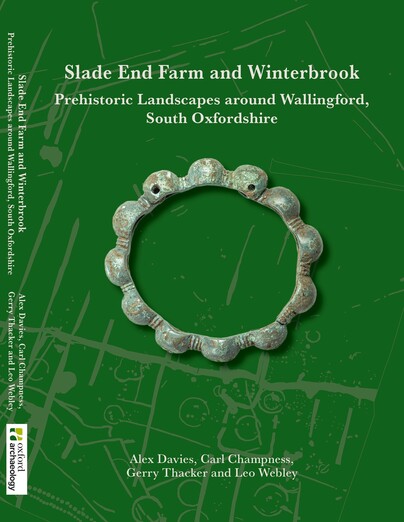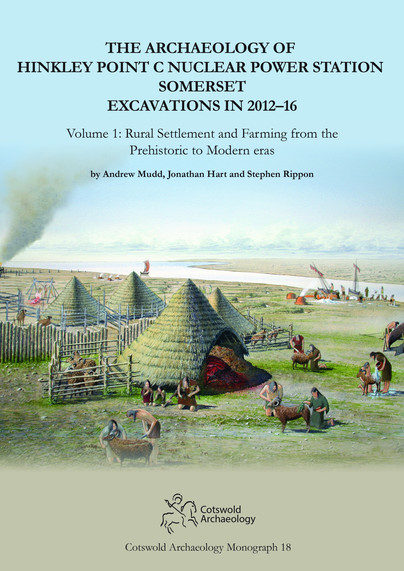
Format: Hardback
Pages: 368
ISBN: 9798888570401
Pub Date: 15 Jul 2025
Imprint: Oxbow Books
Illustrations: 190 B/W and colour illustrations
Description:
The landscape setting of the Iron Age oppidum and Roman city of Calleva Atrebatum (Silchester) was initially explored through analysis of the available aerial photography and Lidar data over c. 1000 km2. Focusing on a 50 km square centred on Calleva, six locations with suspected later prehistoric enclosures were sampled by coring and excavation and accompanied by extensive programmes of radiocarbon dating and environmental, especially pollen analysis.

